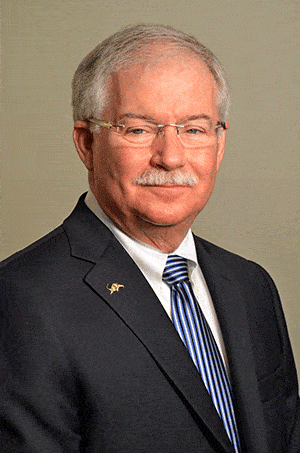The role undergoing the most dramatic change in distribution today is that of inside sales.
The pandemic drastically changed the way companies do business. In a 2022 report on The State of Distributor Customer Experience, Distribution Strategy Group found that 22% of end-users never want a distributor sales rep to visit. About 20% say they’d be happy with just once a year.
Customers are now showing a preference for shopping and buying with far less face-to-face interaction with your team.
Historically, distributors have been reluctant to change when it comes to traditional sales models. Some distributors believe that removing a field rep from a territory leads to decreasing business volume in that area. However, according to our research, 80%-98% of customers’ purchases are products they have previously purchased from the distributor. As long the replacement is not incompetent, that volume should hold steady.
Enter the role of the inside sales rep. When customer needs are met by an inside sales rep, you can focus field reps’ roles on that of market-making rather than market-serving. According to a Forrester report the total number of B2B field sales reps declined by 25% between 2014 and 2020. E-Commerce and the rise of the inside sales function were considered the major drivers of change.
Distributors must embrace the change in sales.
To do this, they must have a sales transformation plan. That includes:
Step 1: Assess your current state. Do your research, compare yourself to industry leaders and determine whether you are ahead of or behind the curve. Look into new hybrid sales models, digital sales channels and customer insights to identify your current state.
Step 2: Rethink your process. Pinpoint where you are trailing and implement minor changes to start. Sales transformation is a process and will take time. Map out goals and create manageable steps to achieve them.
Step 3: Implement the change. Find ways to increase engagement. As with every process, it will be met with resistance, but the secret to successful change is getting your team on board with the journey early on.
Why rethink the role of inside sales as part of this change?
Many distributors have sales structures – and the related costs – similar to what they were 50 years ago. Field sales reps still complete many tasks that could and should be completed by a lower-cost resource, such as delivering product to customers, creating quotes and checking price and availability with vendors.
Distributors can reach more customers, more effectively, at a lower cost. We usually find that more than 20% of accounts assigned to an outside sales rep can be moved to another lower-cost function.
Inside sales is on the rise as a big part of the solution.
To clarify, inside sales is not just another name for Customer Service Reps. Inside sales reps can play a much larger and proactive role in supporting customers and understanding their needs.
Forrester research has shown that inside sales roles are growing 15 times faster than outside sales. Here’s why.
Cost Savings
PointClear found that an outside sales call now costs a company $308, while an inside sales call costs $50. Further, inside sales reps spend 13% more time actively selling than outside sales reps. With more time spent talking to more customers and less money spent per call, inside sales reps are the best bet for distributors looking to grow sales and reduce costs – especially for mid-sized customers. According to Sales Trail it takes 6-8 calls on average to gain a lead, which means an inside rep should make about 60 cold calls per day; that is compared with just a couple meetings a day for a field sales rep.
Customer Satisfaction
It goes without saying that if you’re using an inside sales resource to increase your focus on customers that haven’t received a lot of attention in the past, those customers are going to feel more loved. As customer satisfaction rises, so does loyalty.
And with a shift in focus for field sales reps to market-making activities, those larger fast-growing customers will also see their needs met in a more meaningful and value-added way.
Greater Sales
Ultimately, a distributor’s purpose is to meet customers’ needs. Hitting more of your customers with more regular touchpoints opens the gate to uncovering gaps in how you’re serving them. Can you educate them on what else you can sell? Find new areas where you can support them? Keep them coming back for more?
We expect these benefits will drive the typical distributor to employ more inside salespeople than outside by 2025.
However, there are many distributors that are still at the “talking” stage of the transformation and haven’t yet started working toward achieving the change. Implementing a CRM to capture important customer data is a good start toward this goal, and will enable your team – outside sales, inside sales, CSRs, technical specialists, sales admins and more – to stay on the same page.

